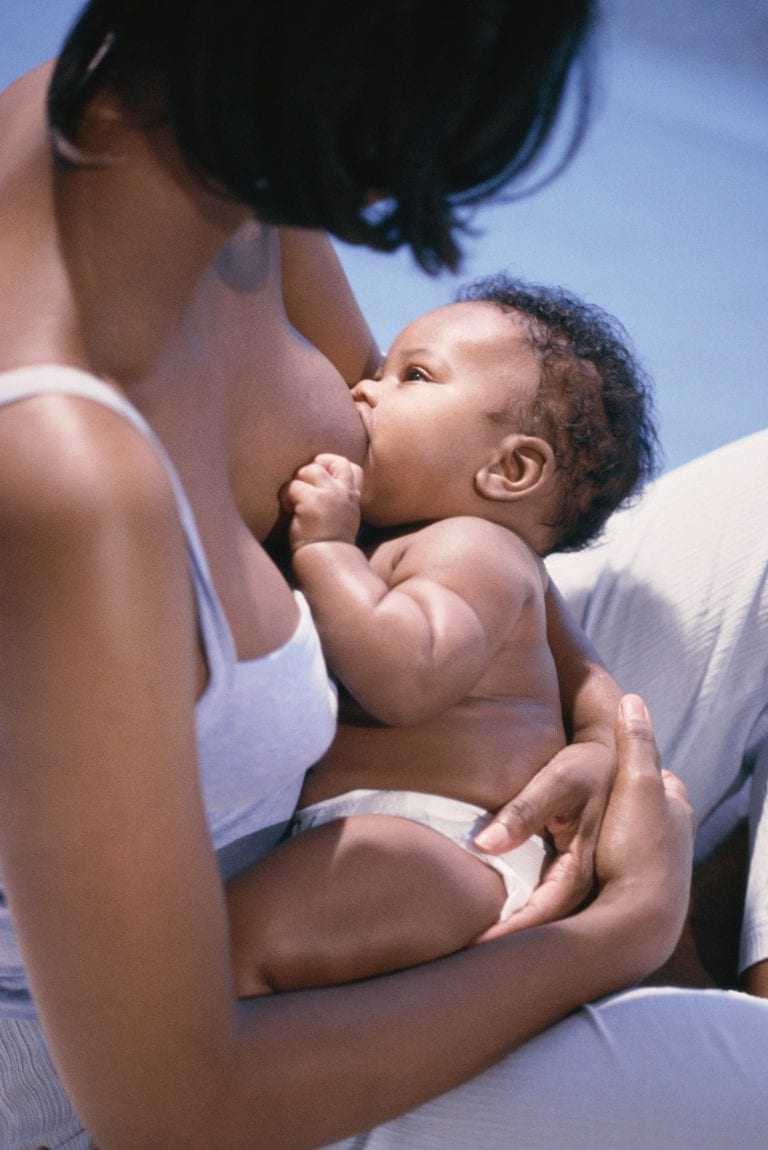Breastfeeding is the most natural and healthy way to feed a baby, and has lots of benefits for you and baby. After all, choosing to breastfeed your baby is one of the most important ways you can provide the best care for him or her. With nursing, you’re giving your baby the most complete nutrition available in milk that is precisely made by your body according to your baby’s gestational age at birth.
Your first nursing sessions may not always be smooth sailing but with knowledge and the support of your partner, friends and family, you’ll surely be on the path to successfully breastfeeding your baby.
With breastfeeding, perseverance and support is the key. Ignore the naysayers who have never breastfed or who didn’t have good experiences. Yes, you will hear people say “well, I didn’t breastfeed my children and they turned out fine! Just give him a bottle!” Instead, surround yourself with positive people who will support you. Be prepared; it’s much easier to deal with little issues if you already know what to do to fix them! It will also make you feel better to know that you have some tips and tricks to help you.
The time you spend nursing your baby is very special; cherish every moment and relax in the knowledge that you have the ability to be a successful breastfeeding mom!
Help, my baby doesn’t latch on correctly!
Successful feeding, and preventing soreness, begins with a good latch by your baby onto your breast. If your baby isn’t latched on correctly the milk ducts won’t be compressed effectively, which affects milk flow, milk production and can cause pain and soreness.
Some babies who open their mouths widely to scream don’t like to open quite so wide when it comes to nursing! Stimulate her rooting reflex by rubbing your nipple above her mouth, and when she opens wide, pull her to your breast. She should get most of the areola (the tissue surrounding the nipple) in her mouth and her lips should be pressed outwards.
I’m struggling to find a position that’s comfortable
The position that works best for you and your babe is the right position. It’s not always easy to figure this out at first. The traditional cradle hold, with babe in arms works for some, but so does the “football” hold, where your babe is tucked under your arm, like a football, head to breast and feet sticking out the back. This position is great for moms who have undergone cesarean or who are nursing twins as there’s no pressure on your incision and you can dually nurse if need be. If you’re still pregnant, grab a baby doll and practice—it may seem silly but it will help you identify what you think might work for you.
My breasts are so sore!
Sore nipples can be a sign of problems latching or positioning your baby for nursing. However, even if latch and position are correct, if you’ve never breastfed before you may still experience some nipple soreness. Pamper your nipples by rubbing a little of the colostrum or milk on your nipples before and after nursing. Use lanolin cream made for nursing moms, and let your breasts air dry after nursing. Wear nursing pads in your nursing bra and change them anytime they’re wet. Avoid harsh or perfumed soaps, lotions, creams or powders as they can irritate your breasts.
How do I know I’m feeding her enough milk?
Gone are the days of breastfeeding times being dictated. Experts now know that the most efficient way to nurse your baby is when she wants, for whatever period of time works for her. Some babies are satisfied with 10 minutes per side; others may linger and take up to 40 minutes to finish eating.
Frequent nursing, which may be every 2-3 hours post-birth, is the easiest way to ensure an adequate milk supply. You can also use a breast pump to help nurture your milk supply. If you’re nursing a small baby, or a baby born before 37 weeks, she may not yet be doing a good job of stimulating your breasts sufficiently because her muscles aren’t quite mature enough yet. For these babies, nurse and then pump for another 10-15 minutes to ensure you’re promoting a healthy milk supply.
You can save every bit of precious colostrum or milk, freeze it and give it to her later. Stay well hydrated and eat a well-balanced diet with about 500 calories more per day than when you were pregnant. Producing breastmilk takes a lot of energy so you must care for yourself first.






Comments are closed.